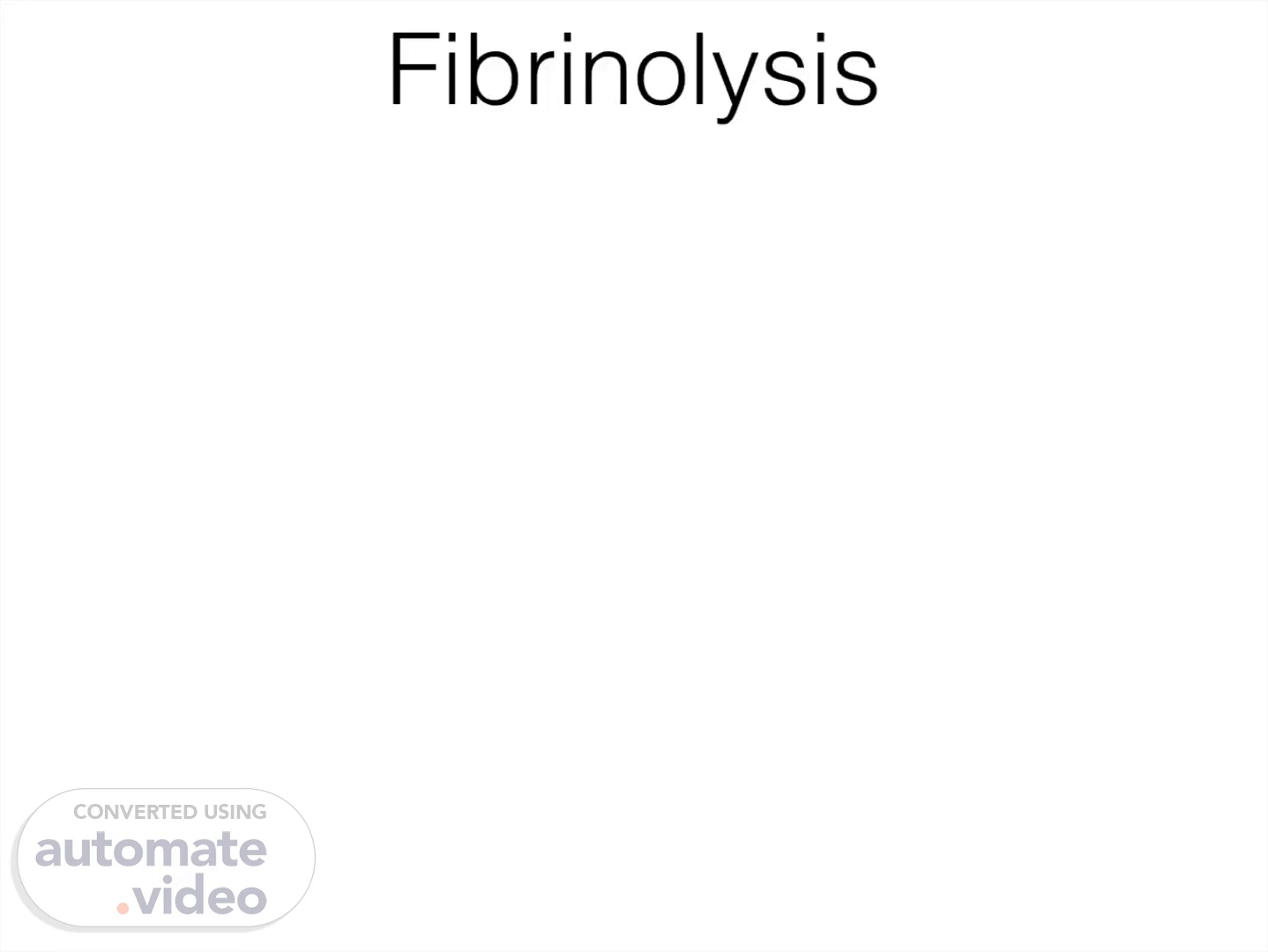Page 1 (0s)
Fibrinolysis. Image. t-PA is secreted by endothelial cells under physiological stimuli e.g. stasis In absence of fibrin, its activity will be inhibited rapidly if fibrin is present, t-PA binds it and recruits plasminogen Plasmin is produced and degrades fibrin Residual plasmin activity is inhibited by anti-plasmin.
Page 2 (5m 0s)
Venous Thromboembolism. Ahmed F. El-Yazbi, BPSc, PhD, BCPS, RPh Relevant references: - Koda Kimble Applied Therapeutics, 2013 - Antithrombotic therapy and prevention of thrombosis, 9TH ED: ACCP GUIDELINES, 2012.
Page 3 (6m 51s)
L.R., a 76-year-old, overweight (92 kg, 6-foot tall) man, was admitted to the hospital 3 days ago for management of recurrent angina. He was started on a nitroglycerin drip and confined to bed rest with gradual increases in his oral antianginal medications. On the third day of hospitalization, he noted progressive swelling and soreness of the right calf. He denied shortness of breath (SOB), cough, or chest pain. His medical history includes coronary artery disease, MI at ages 55 and 67, and hypercholesterolemia. His medications are diltiazem CD 360 mg/day orally (PO), isosorbide mononitrate 120 mg/day PO, atenolol 50 mg/day PO, aspirin 81 mg/day PO, and simvastatin 20 mg PO every evening. Initial laboratory values include: Hct, 36.5% PT, 10.8 seconds (INR, 1.0) aPTT, 23.6 seconds Platelet count, 255,000/ μ L What are the signs and symptoms demonstrated consistent with?.
Page 4 (11m 16s)
Risk factors. Image.
